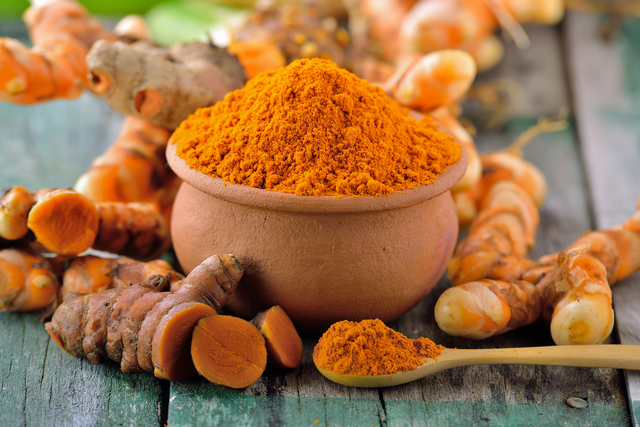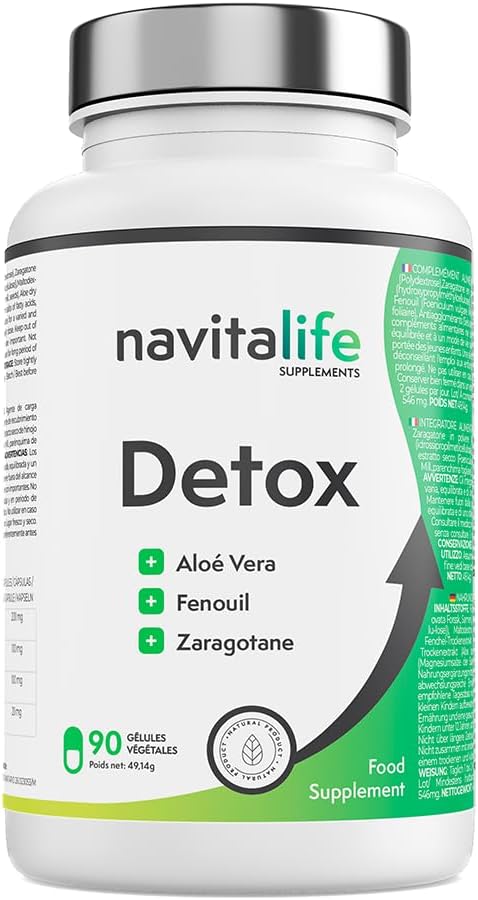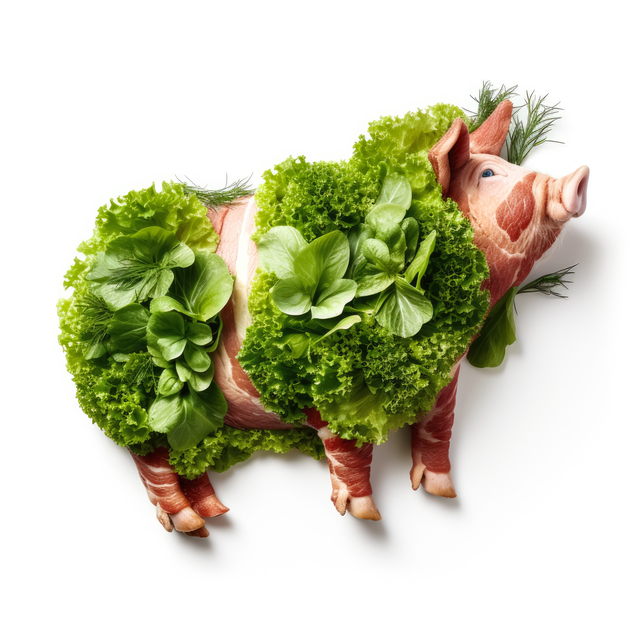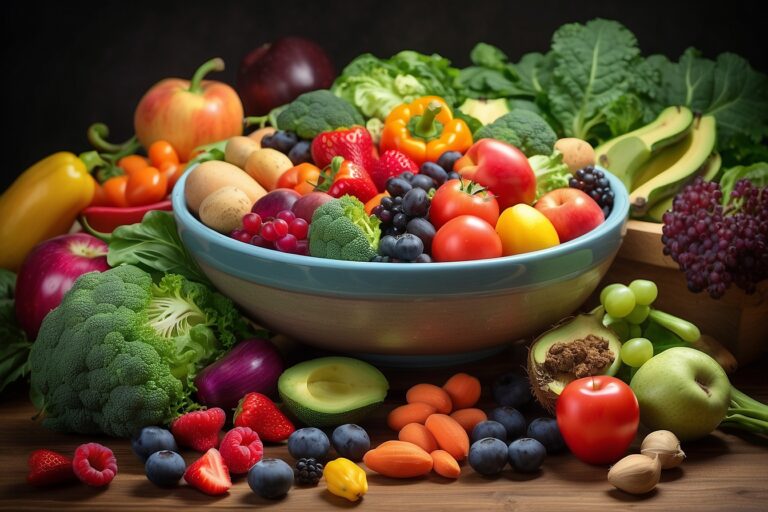What is Curcuma?
Curcuma, commonly known as turmeric, is a bright yellow spice and a remarkable plant deeply rooted in the traditions and cuisines of many cultures worldwide.
It is renowned not only for its distinctive color and flavor but also for its numerous health benefits and diverse applications.
In this introductory section, we’ll delve into the essence of this plant, exploring its origins, characteristics, and the reasons behind its growing popularity.
Origins of Curcuma

The Turmeric Plant: A Natural Wonder
At the heart of Curcuma’s identity lies the turmeric plant (Curcuma longa). This plant is a member of the ginger family and is native to Southeast Asia, particularly India and Indonesia. Turmeric is characterized by its lush green leaves and vibrant yellow or orange rhizomes, which are the underground stems that give rise to the spice we commonly know as turmeric.
Accismus,Historical Significance and Traditional Use
The history of this plant is rich and storied. It has been an integral part of traditional medicine systems, such as Ayurveda and traditional Chinese medicine, for thousands of years. These ancient practices recognized the plant’s therapeutic properties and have passed down knowledge of its use from generation to generation.
Geographical Origins: A Spice with Global Appeal
While Curcuma’s origins can be traced back to Asia, it has transcended geographical boundaries to become a globally beloved spice. Its appeal extends far beyond its native regions, making it a staple in kitchens worldwide and a subject of scientific research for its potential health benefits.
Curcuma’s distinct flavor and the earthy, warm aroma it imparts to dishes have made it a crucial ingredient in a wide range of culinary traditions.
Beyond its culinary uses, it has captured the attention of the health and wellness community, sparking a growing interest in its medicinal properties.
Curcumin: The Active Ingredient
In recent years, this plant, or turmeric, has experienced an extraordinary surge in popularity. This bright yellow spice, once primarily known for its role in traditional cuisines, has taken the health and wellness world by storm. Here, we explore the factors contributing to the widespread acclaim of Curcuma and its various applications.
Culinary Draconian Versatility
Curcuma’s first claim to fame is its culinary versatility. It is a key ingredient in many iconic dishes, particularly in Indian, Southeast Asian, and Middle Eastern cuisines. From curries to soups, stews, and rice dishes, turmeric adds a distinctive flavor and a vibrant yellow hue to a wide array of recipes. Its warm and slightly earthy taste has made it a favorite among chefs and home cooks alike.
Nutritional Appeal
Beyond its flavor and color, this plant boasts an impressive nutritional profile. Its primary bioactive compound, curcumin, is the focus of extensive scientific research.
Curcumin is recognized for its potential health benefits, including anti-inflammatory and antioxidant properties. This nutritional appeal has led many individuals to seek ways to incorporate Curcuma into their diets to promote overall well-being.
Herbal and Traditional Medicine
Curcuma’s rise in popularity is also closely tied to its historical use in herbal and traditional medicine systems. Ayurveda, in particular, has long employed turmeric for its healing properties.
In these practices, it has been used to address a variety of health concerns, ranging from digestive issues to joint pain and skin conditions.
The Popularity of Curcuma

Origins of Curcuma: Unveiling the Turmeric Plant’s Rich Heritage
This perennial herbaceous plant belongs to the ginger family (Zingiberaceae) and is renowned for its vibrant yellow rhizomes, which are the subterranean stems that house the potent compounds responsible for its distinctive color and flavor.
Native to Southeast Asia, particularly India and Indonesia, the turmeric plant thrives in tropical climates and has become an integral part of the region’s cultural and agricultural tapestry.
Historical Use of Curcuma: A Tapestry of Healing and Culinary Traditions
The historical use of this plant is woven deeply into the fabric of ancient civilizations. With roots in traditional medicine systems such as Ayurveda, turmeric has been cherished for its medicinal properties for thousands of years.
Ayurvedic practitioners have utilized Curcuma for its anti-inflammatory, antiseptic, and digestive benefits. Beyond its medicinal uses, the spice found its way into the kitchens of diverse cultures, becoming a staple in various cuisines.
Its warm and slightly bitter taste, coupled with its brilliant color, made it a prized ingredient in curries, stews, and ceremonial dishes, enriching both the flavor and visual appeal of countless recipes.
Geographical Origins: From Asia to Global Prominence
While the turmeric plant’s geographical origins can be traced back to Asia, its influence has transcended continental boundaries. Over centuries, trade routes and cultural exchanges facilitated the spread of this plant to other parts of the world.
Today, it is not only a fundamental component of Asian cuisines but has also gained global popularity. The cultivation of turmeric has expanded to regions with suitable climates, including Central and South America, Africa, and even parts of the United States.
The spice’s journey from its Asian roots to global prominence reflects not only its adaptability but also the universal appreciation for its rich history, versatile uses, and potential health benefits.
Nutritional Composition: Unveiling the Power of Curcuma’s Elements
At the heart of Curcuma’s nutritional potency is curcumin, the primary bioactive compound responsible for the spice’s vibrant yellow hue and numerous health benefits. This plant, scientifically recognized as a polyphenol, possesses powerful antioxidant and anti-inflammatory properties.
Its molecular structure has been the subject of extensive scientific research, revealing its potential therapeutic applications. Beyond its role in enhancing the color of dishes, curcumin is believed to contribute to this plant’s reputation as a functional food, capable of promoting overall well-being.
A Holistic Nutritional Profile
While curcumin takes the spotlight, the nutritional composition of Curcuma extends beyond this key compound. Turmeric contains a spectrum of essential nutrients, including vitamins and minerals. Among these are vitamin C, vitamin E, niacin, potassium, calcium, iron, zinc, and magnesium.
Each of these elements contributes to the overall nutritional value of curcuma, offering a holistic approach to health. This diverse nutritional profile not only adds to the spice’s culinary appeal but also aligns with the growing interest in functional foods that provide both flavor and potential health benefits.
As individuals seek ways to enhance their diets with nutrient-rich ingredients, this plant emerges as a valuable addition, offering a blend of taste and nutritional goodness.
Harnessing the Power of Curcuma’s Potential
One of the standout health benefits associated with Curcuma is its remarkable anti-inflammatory properties, primarily attributed to its active compound, curcumin. Inflammation is a natural response by the body to injury or infection, but chronic inflammation is linked to various diseases.
Curcumin has been shown to modulate inflammatory pathways at the molecular level, potentially reducing the risk of chronic inflammatory conditions. This property has garnered significant attention in the health and wellness community, with studies exploring the potential of this plant in managing inflammatory disorders.

Curcumin’s antioxidant effects
In addition to its anti-inflammatory prowess, Curcuma is celebrated for its potent antioxidant effects. Antioxidants play a crucial role in neutralizing free radicals, unstable molecules that can cause cellular damage. Curcumin, as a powerful antioxidant, aids in protecting the body’s cells from oxidative stress.
This dual action of anti-inflammatory and antioxidant properties positions this plant as a potential ally in promoting overall health and preventing oxidative damage, which is implicated in the aging process and various chronic diseases.
Curcuma’s interest in chronic diseases
Beyond general well-being, there is growing interest in the potential benefits of curcuma for chronic conditions. While research is ongoing, some studies suggest that the anti-inflammatory and antioxidant properties of curcuma may have positive implications for chronic diseases such as heart disease, diabetes, and neurodegenerative disorders.
These potential health benefits contribute to the increasing popularity of this plant as individuals seek natural ways to support their health and prevent the onset or progression of chronic conditions. As science delves deeper into the intricacies of Curcuma’s effects on the body, it holds promise as a functional food with far-reaching implications for long-term health.
Traditional Uses Of Curcuma
The holistic approach of Ayurvedic medicine sees Curcuma not only as a spice but as a therapeutic herb with the potential to bring balance to both the body and mind.
Ayurvedic and Traditional Medicine
In the realm of traditional medicine, Curcuma has long held a revered status, particularly in Ayurveda, the ancient healing system originating in India. Ayurvedic practitioners have integrated turmeric into their medicinal practices for thousands of years, recognizing its multifaceted benefits.
Curcuma is believed to balance the three doshas—Vata, Pitta, and Kapha—within the body, promoting overall harmony. Its applications in Ayurveda span a wide range, from addressing digestive issues to supporting joint health and enhancing skin conditions.
Culinary Uses of Curcuma: Infusing Flavor and Vibrancy
Beyond its medicinal applications, curcuma has become a cornerstone of diverse culinary traditions across the globe. Its warm, earthy flavor, coupled with the distinctive golden color it imparts to dishes, makes it an indispensable ingredient in kitchens from South Asia to the Middle East.
In Indian cuisine, it is a key component of curry blends, while in Southeast Asia, it flavors vibrant dishes like Thai curry. Turmeric’s versatility extends to a variety of culinary creations, from savory curries and stews to beverages like golden milk.
Its culinary uses not only enhance the taste of dishes but also contribute to the visual appeal of meals, embodying the concept of “eating with the eyes.”
In both traditional medicine and the culinary world, curcuma weaves a tapestry of flavor, color, and wellness, illustrating its integral role in enriching both health practices and cultural gastronomy.
Modern Applications
As people seek alternatives to synthetic compounds, Curcuma supplements stand out as a natural option to promote health and vitality.
Harnessing Curcuma’s Potential in Supplements and Extracts
In the contemporary landscape, curcuma has found new avenues of application, notably in the form of supplements and extracts. Recognizing the potential health benefits of curcumin, the active compound in turmeric, the supplement industry has embraced curcuma as a natural remedy.
Curcumin supplements are now widely available, offering individuals a concentrated and convenient way to incorporate the spice into their daily routines. These supplements are often marketed for their anti-inflammatory and antioxidant properties, with some studies suggesting that their regular consumption may support joint health, digestive well-being, and overall immune function.
Curcuma in Beauty Products: Radiance from Nature’s Golden Spice
In a parallel trend, the beauty industry has also embraced the golden touch of Curcuma. The anti-inflammatory and antioxidant properties of turmeric make it a sought-after ingredient in skincare and beauty products.
Face masks, creams, and serums infused with curcuma claim to offer a range of benefits, from reducing inflammation and redness to promoting a healthy, radiant complexion. With its historical use in some cultures for enhancing skin tone and addressing various skin conditions, curcuma aligns with the growing demand for natural and plant-based ingredients in skincare.
As consumers increasingly prioritize holistic approaches to beauty, the incorporation of Curcuma into beauty products reflects a fusion of ancient wisdom and modern skincare innovation, highlighting the timeless allure of this golden spice.
Research and Studies: Unveiling Scientific Findings on Curcuma
The scientific exploration of Curcuma, particularly its active compound curcumin, has yielded a wealth of findings that contribute to the spice’s growing reputation as a functional food with potential health benefits.
Potential health benefits.
Numerous studies have delved into the molecular mechanisms of curcumin, uncovering its anti-inflammatory, antioxidant, and anti-cancer properties. Research suggests that curcumin may modulate various signaling pathways in the body, impacting gene expression and cellular functions.
These scientific findings provide a foundation for understanding how curcuma, beyond its culinary and traditional uses, may influence biological processes at the molecular level. As the body of evidence grows, so does the intrigue surrounding Curcuma’s potential role in preventive healthcare and therapeutic interventions.
Ongoing Research: The Evolving Landscape of Curcuma Studies
The scientific journey into the properties and potential applications of Curcuma is far from complete, as ongoing research continues to uncover new facets of this ancient spice. Scientists are exploring diverse avenues, including the optimization of curcumin delivery methods to enhance its bioavailability, the exploration of synergistic effects with other compounds, and the investigation of its impact on specific health conditions.
Ongoing clinical trials are examining the potential of Curcuma in addressing issues such as arthritis, cognitive decline, and cardiovascular health. The dynamic nature of ongoing research underscores the significance of Curcuma as a subject of scientific curiosity and its potential to offer novel solutions in the realms of medicine, nutrition, and overall well-being.
As researchers delve deeper into the intricacies of Curcuma, we can anticipate a continued expansion of knowledge that may unlock even more of its secrets and applications in the years to come.
How to Incorporate Curcuma into Your Diet?
Incorporating Curcuma into your diet can be a delightful culinary journey, enhancing both the flavor and nutritional profile of your meals.
Explore Recipes and Cooking Tips
One popular method is to use ground turmeric in various spice blends, adding a warm, earthy note to dishes. Traditional recipes like curries, stews, and rice dishes offer excellent opportunities to infuse Curcuma into your cooking.
Experimenting with golden milk, a beverage made with turmeric, milk, and other spices, is another flavorful way to enjoy the benefits of this vibrant spice. You can also add a pinch of turmeric to smoothies, soups, or roasted vegetables to introduce its distinct flavor and color.
Embracing Curcuma in your kitchen not only enhances the taste of your favorite recipes but also provides an easy and enjoyable way to incorporate this health-promoting spice into your daily meals.
Safe Consumption Guidelines: Savoring Curcuma Responsibly
While exploring the culinary potential of Curcuma, it’s important to be mindful of safe consumption guidelines. While generally considered safe when used in moderate amounts in cooking, high doses of curcumin supplements may cause gastrointestinal discomfort in some individuals.
It’s advisable to consult with a healthcare professional before incorporating turmeric supplements, especially if you have pre-existing health conditions or are taking medications. Additionally, pregnant and breastfeeding individuals should exercise caution and seek guidance from healthcare providers.
Moderation is key when adding turmeric to your diet, and it’s always wise to observe your body’s response. By savoring Curcuma responsibly and being aware of your individual health considerations, you can fully enjoy the culinary and potential health benefits of this golden spice.
Potential Side Effects and Precautions
While Curcuma is generally well-tolerated, individuals may experience allergic reactions or sensitivities, particularly in cases of high consumption or exposure.
Navigating Allergies and Sensitivities
Allergic reactions to turmeric are rare but can include symptoms such as itching, swelling, or difficulty breathing. If you have a known allergy to ginger or other plants in the Zingiberaceae family, caution is advised when introducing Curcuma into your diet.
It’s prudent to start with small amounts to monitor your body’s response, especially if you have a history of allergies. If any adverse reactions occur, it’s advisable to seek medical attention promptly.
Additionally, individuals with existing medical conditions or concerns about potential sensitivities should consult with a healthcare professional before incorporating significant amounts of Curcuma into their diet.
Interactions with Medications
Curcuma, specifically its active compound curcumin, may interact with certain medications, potentially affecting their efficacy. The spice has been shown to have antiplatelet and anticoagulant effects, which could enhance the effects of blood-thinning medications like warfarin.
Individuals taking such medications should exercise caution and consult with their healthcare provider to ensure a balanced and safe approach. Furthermore, curcuma may influence the absorption of iron and other minerals, which could be of concern for individuals with iron-deficiency anemia.
As a precautionary measure, it’s crucial for those on medications or with specific health conditions to discuss their use of Curcuma with a healthcare professional, enabling informed decisions that prioritize both the potential health.
Conclusion
In summary, Curcuma, or turmeric, emerges as a spice with a rich and diverse legacy, rooted in the vibrant cultures of Southeast Asia, particularly India and Indonesia. The turmeric plant, with its golden rhizomes, has not only been a culinary cornerstone but a revered component of traditional medicine systems like Ayurveda for centuries.
The benefits of Curcuma extend far beyond its warm, earthy flavor and golden hue. Scientific findings highlight its anti-inflammatory and antioxidant properties, suggesting potential health advantages ranging from managing chronic conditions to promoting overall well-being.
The versatility of Curcuma is a key theme that echoes throughout its journey—from traditional curries to modern supplements and beauty products. Whether enhancing the taste of a savory dish or enriching a skincare routine, Curcuma’s adaptability is a testament to its enduring appeal.
As we navigate the complexities of incorporating curcuma into our lives, the importance of safe consumption practices and an awareness of individual health considerations become paramount. In the kitchen or the laboratory, curcuma stands as a golden thread connecting tradition with innovation, offering a tapestry of flavor, color, and well-being for those who seek its remarkable benefits.






